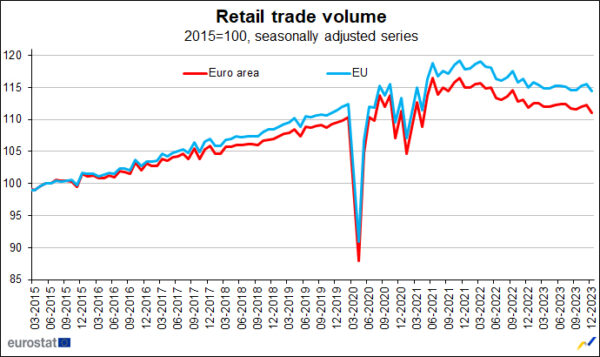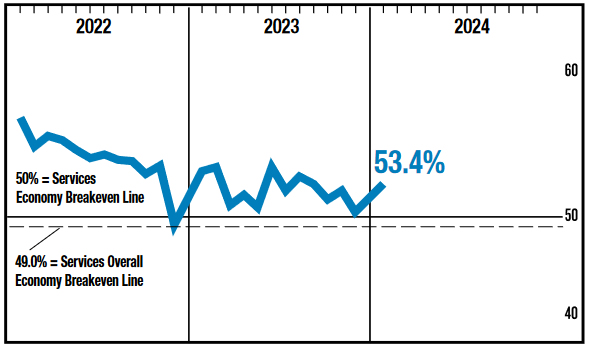In a Financial Times interview, BoE MPC member Swati Dhingra articulated her concerns regarding the UK’s economic outlook and inflationary trends. As the sole member to vote for a rate cut in the last meeting, she cautioned against underestimating the downside risks and and urged not to take a risk on them.
Dhingra expressed apprehension about the adverse impacts of past policy tightening on growth, emphasizing the paradox of experiencing “higher-than-historic rates” of wage growth against the backdrop of significantly weakened consumption, which has declined by 5.9% relative to pre-pandemic levels.
This stark drop in consumption, according to Dhingra, is expected to persist, highlighting the “lagged effects” of monetary policy tightening yet to materialize fully. She questioned the rationale behind risking further economic weakening by maintaining high-interest rates when inflation appears to be on a “sustainable path.”
The conversation further delved into the challenges posed by the current consumption weakness, which Dhingra believes is unlikely to reverse swiftly enough to trigger a “resurgence in inflation”.
Her comments reflect a deeper concern over underestimating the downside risks to the economy, especially as the financial cushion provided by pandemic-era savings begins to diminish. Additionally, the noticeable decline in job vacancies signals further strain on the real economy.
“I don’t see why we should be risking that,” Dhingra emphasized.







BoC cites difficulty in predicting appropriate timing of rate cuts
BoC’s deliberations from the January meeting saw the governing council expressing that it was “difficult to foresee when it would be appropriate to begin cutting interest rates.”
The possibility of additional rate hikes was not dismissed, with members indicating that such measures could be warranted should new inflationary surprises emerge. However, the focus of future policy discussions would likely “shift to how much longer to maintain the policy rate at 5% to sustain the disinflationary process.”
Inflation’s persistent high levels and broad impact have prompted the council to emphasize their ongoing concerns regarding “persistence of underlying inflation” in their communications.
The members collectively agreed on the necessity for “further evidence of progress toward price stability,” seeking definitive signs of a downturn in core inflation rates.
To gauge the effectiveness of their monetary policy and the evolving economic landscape, the Governing Council plans to closely monitor core inflation alongside several critical indicators. These include the equilibrium between supply and demand within the economy, corporate pricing strategies, inflation expectations, and the ratio of wage growth to productivity.
Full BoC Summary of Deliberations here.